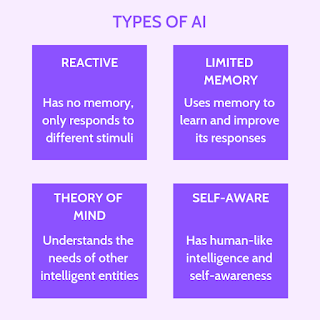Having read lots about the benefits of AI and how AI would transform humanity, I was very inquisitive to know in spite of all the hype around AI, have we started using AI in a big way.
In Dec 2018, I was attending a one day program on AI at the Indian Institute of Management, Bangalore which had an afternoon session with IBM engineers. Towards the end of their demo, I asked the engineers what were the actual applications of AI by IBM in the present day world, at least in India. The engineer was frank enough and admitted that it was just chatbot applications.AI had not matured beyond that at least for the industry. Even after two years, I find other than Google in their Maps, Gmail, search apps, not much AI is available in public domain for people to start using and experience the benefits.
While going through the article AI for the real world by Prof. Davenport and Ronanki in Feb '18, HBR (click here), I was able to understand what were the business benefits of AI and in general what were the AI challenges that global organisations face.
Why are organistions skeptical of implementing AI when there is so much hype around it, is a question that would naturally come to any manager or engineer working in the industry.
An anagram IEPPIO is apt for this occasion as per primary research conducted by the HBR paper authors on 250 executives in 152 AI projects, gave the real challenge faced by AI in the real world.I - ntegration
E - xpensive
P - oor understanding
P - eople
I - nnovative technology and
O - verhyped technologies
The world is yet to fully understand the cognitive ability of humans, how humans distinguish one decision from another and in spite of the best intentions, fails completely in this area.
Of course, the technologies are too expensive, which takes it out of the realm of ordinary startups and medium sized organisations.
We are yet to fully understand the nuances of AI and its applications
We do not yet have the real human resources to support full deployment of AI across organisations
Even though we extrapolate saying what all the technologies can do, we have immaturely developed technologies, ie. over hyping it.
The over hype or over selling of the technology has created a sort of glass palaces in the minds of the public and they expect AI to change the world radically overnight, which is not possible.
Once we know the challenges faced by AI, it makes sense to understand how we can overcome it.
Understanding the Business benefits of AI
- I mprove
- O ptimise internal systems
- F ree workers from monotoinous tasks to do creative work
- B etter understandiong of p[roducts and processes
- C reate new products
- O ptimise external processes like Marketing etc
- P ursue new markets
- C apture new knowledge to venture into new products and processes
- R educe headcount at organisations
The potential business benefits of AI is great as how we understand it, the benefits may again increase over time as we progressively understand more features of the AI system.
All these benefits if exploited well can result in great commercial benefits, besides reducing the boredom and monotony experienced by employees at their workplace.
George..





















